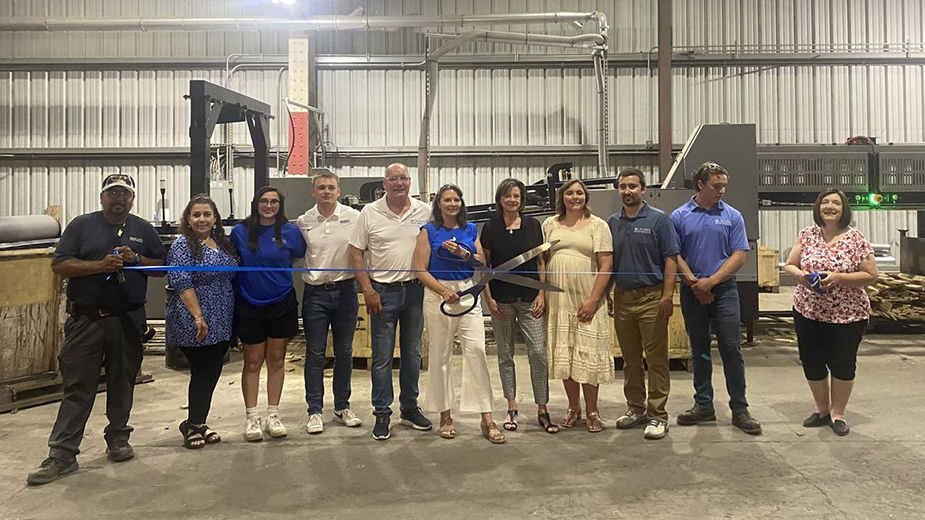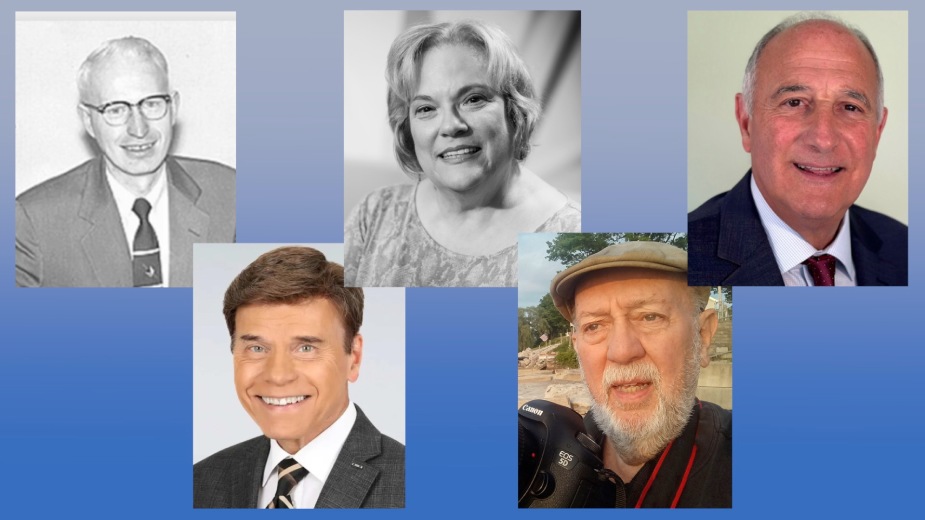Ford Tri-Motor Takes to Skies Over Valley
VIENNA, Ohio – By today’s standards, the 1929 Ford Tri-Motor aircraft is noisy, cramped and slow. But 86 years ago, the machine was a reflection of pure luxury and a means of transportation that was reserved for the wealthy, as the age of commercial aviation was born.
This weekend, visitors to the Youngstown-Warren Regional Airport are receiving a glimpse of how the rich and famous once traveled, as a fully restored Ford Tri-Motor took to the skies on behalf of the Experimental Aircraft Association and the Ernie Hall Aircraft Museum in Howland.
“The Ford Tri-Motor is probably the first airplane put into commercial airline service in the United States,” said Bob Griffin, a private pilot and member of the Howland chapter of the EAA.
The two local EAA chapters are hosting the event, which began Thursday and runs through Sunday. The Tri-Motor is just one of three in the world flying today, Griffin said. “It’s a real honor to have one of them here,” he remarked.
The EAA, based in Oshkosh, Wis., is an organization dedicated to the preservation and support of the aviation industry, said John Stoll, president of the Youngstown chapter.
“Our goal is to promote general aviation in the community,” Stoll remarked. The EAA chapters coordinated with the airport and Winner Aviation, the airport’s fixed-base operator, since the aircraft has to be stored in the hangar overnight, he said.
In the recent past, the local EAA chapters have sponsored other events with historic aircraft, Stoll reported, including two visits featuring a vintage World War II B-17 Flying Fortress bomber in 2010 and 2011.
The Howland chapter is hosting a fly-in Aug. 9 that features vintage World War II-era aircraft such as the F4U Corsair and the P-57 Mustang.
Bill Thacker, a commercial jet airline pilot who volunteers for the EAA and is spending the weekend taking aviation enthusiasts on 15 minute jaunts in the historic aircraft, notes that Henry Ford spearheaded the design criteria and business plan for the aircraft service.
“It was built in 1929, one of 199 that were ever built,” Thacker said. Ford purchased the Stout Metal Aircraft Co. in 1924, which then manufactured single-engine metal airplanes. Ford started building the Tri-Motor in 1926.
For Ford’s business plan to work, he needed more seats, and therefore more power. “He had to have at least 10 to 13 people, and had to make the airplane bigger,” Thacker said. The larger aircraft required additional horsepower, so two engines were added and the Ford Tri-Motor was born.
“They didn’t have bigger engines, so then they just put more engines on it and made it work,” he said. “This is a great old bird.”
Today, three Pratt & Whitney 450-horsepower engines power the aircraft. Their roar is loud enough to drown out most conversations.
On Friday’s sunny morning, Thacker is shuttling riders over Trumbull County for a 15-minute flight that passes over landmarks such as the Eastwood Mall, downtown Warren, and the now-barren land of what once was Republic Steel Corp. Flights cost $75 per passenger and $125 for the co-pilot seat.
The aircraft, nicknamed the “Tin Goose” because of its gleaming silver corrugated steel, never rose above 1,500 feet and didn’t surpass 80 miles per hour. Originally, the seats were made of wicker, but Federal Aviation Administration regulations mandated that new cushion seats be installed, making for a more comfortable ride.
Ford also designed the aircraft’s wood-paneled interior and suggested lights above each of the curtained windows.
The $75 charged for the flight today is a bargain compared to the early days of commercial aviation. Then, the cost of a cross-country trip averaged between $1,200 and $1,500, a steep price to pay during the Depression, Thacker noted.
“Commercial aviation during the 1920s and ‘30s was for the rich,” Griffin said, and Ford offered a three-day, transcontinental journey that included train travel. During that period, there were no weather tracking stations and no nighttime air service, so the Tri-Motor would fly to a designated city and land before dark. Passengers would then board a train overnight to the next city, board another Tri-Motor and fly the daylight hours.
“They guaranteed three-day, cross-country travel,” he said. “It was kind of a big deal in the 1920s to go across the country in three days. The Ford Tri-Motor set the standard for airline travel.”
The aircraft was also used extensively around the Great Lakes, transporting passengers to and from Put-in-Bay and Middle Bass islands. “The Ford Tri-Motor was essentially the workhorse,” he added. “It would deliver the mail, it took kids to school, anybody that needed to go to the mainland – that was the airplane they used for years.”
Griffin said the Tri-Motor was in business up until the early 1970s in the Great Lakes region. “It’s a great airplane. It can land and take off in a very short space, carry a big load – it’s a very sturdy, rugged machine,” he said.
Copyright 2024 The Business Journal, Youngstown, Ohio.



